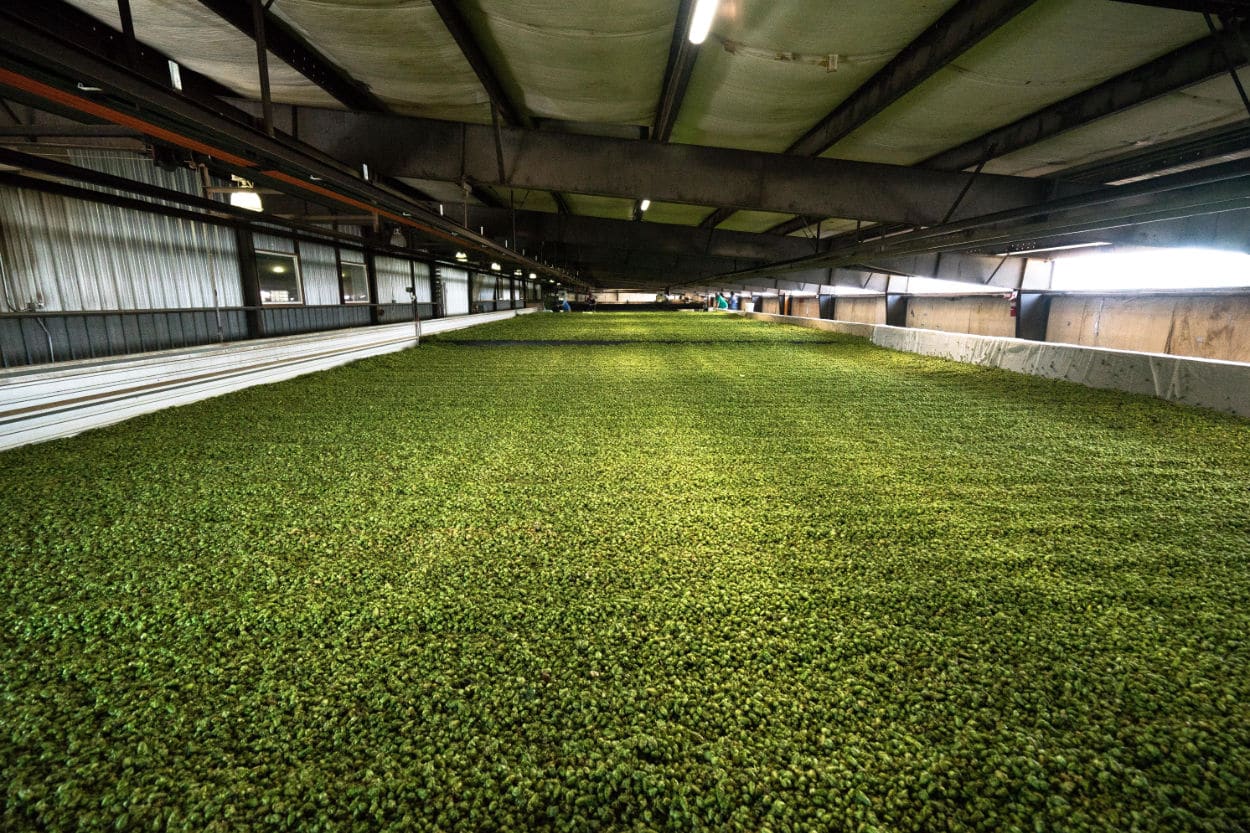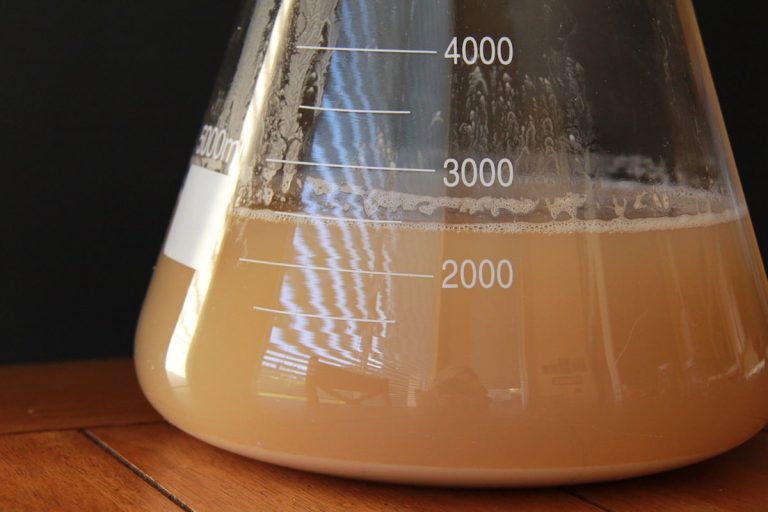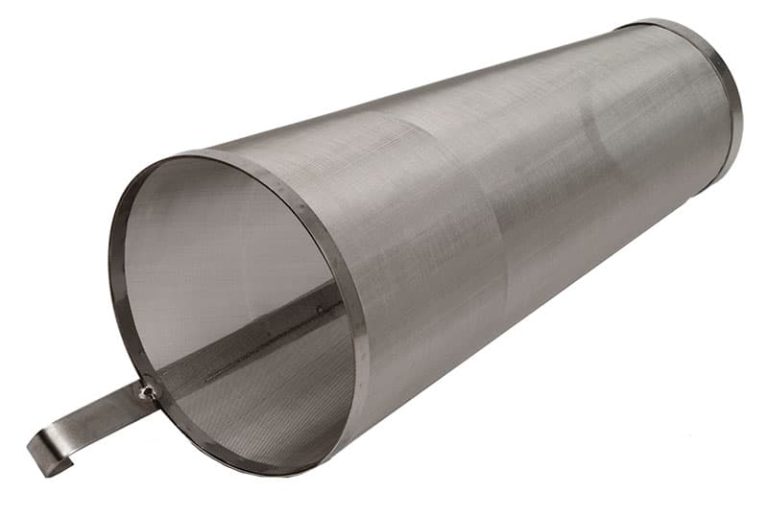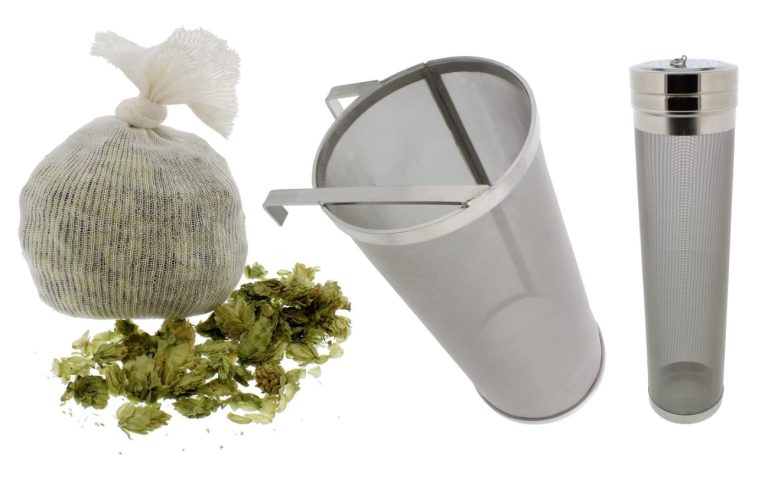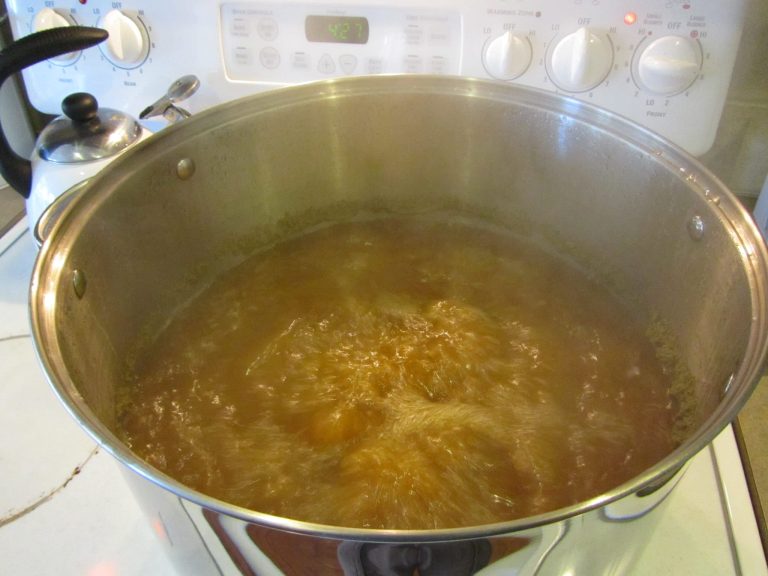Highest Cohumulone Hops
The primary bittering components of hops are the three alpha acids: Humulone, Ad-Humulone and Cohumulone. Combined, these three are collectively known as the alpha acid percentage (AA%) of the hop. Cohumulone levels are always shown as a percentage of alpha acids.
Alpha Acids only become bitter by boiling, which changes them into isomerized (iso) alpha acids. For this particular acid, it becomes iso-cohumulone.
In the past, many aroma varieties of hops tended to be low in cohumulone. Now with the reclassification of some hops as “dual-purpose” that line has grayed a bit.
The Cohumulone Bitterness Myth
In 1972 Canadian chemist Dr. Lloyd Rigby performed a beer taste test. He brewed beers using equal amounts of humulone and cohumulone and gave them to his testers. Dr. Rigby found that beers made with cohumulone were considered to be “harsher”.
Due to that test, many brewers continued to believe higher cohumulone levels contributed to a rougher, harsher quality of bitterness. This also meant the opposite. It was widely considered a fact that low cohumulone hops were associated with a finer quality of bitterness. Due to this perception, many hop breeders began favoring new hop cultivars with low cohumulone levels.
However, as time went on, some brewers weren’t as convinced.
It turned out that there was something else at play during Dr. Rigby’s test that he wasn’t aware of. The three alpha acids actually isomerize at slightly different rates, which in turn gives higher or lower measured IBUs in the final beer. Additionally, different pH levels will also influence the amount of isomerization of each of the individual acids.
Dr. Rigby’s test was flawed. The two beers he brewed had very different IBUs because of the differences in isomerization and the pH drop. The cohumulone beer had 62% more IBUs than the other, which of course would have been viewed as harsher by his testers.
Current Opinions of High Cohumulone Hops
In 2016, Brulosophy performed a test that evaluated the differences between two beers of the same exact recipe bittered to the same expected level (IBU) using hops of similar AA%. Chinook was used as the high cohumulone hop and Simcoe was used as the low version.
While tasters (including some BJCP judges) in the Brulosophy test were reliably able to tell the two apart, preference was split equally.
The Homebrewers Association performed a similar test that came out inconclusive as well.
As it turns out, getting the exact same IBU levels with two different hops with wildly different cohumulone levels proved very difficult. However, neither test proved that what Dr. Rigby concluded in 1972 was actually correct. In fact, most brewers now view it as a myth, and pay no attention to cohumulone levels when brewing.
Ways to Look at Cohumulone Levels
If you are brewing a beer and want to stay away from high cohumulone hops, there are a few different ways to look at the hop data. One is looking for the highest percentage of alpha acids and the other is looking at the highest percentage of overall hop weight.
We decided to dig through our extensive database of over 250 hops to find the most cohumulone heavy hops available on the market today.
Whether you care to avoid from these varieties or find their qualities good for brewing, this list should give you a good primer on finding the hops with the highest cohumulone levels.
Hops by Highest Cohumulone as Percentage of Alpha
First would be to simply look at the hops with the highest amounts of cohumulone as a percentage of alpha acids. This is the most common way cohumulone amounts are shown for hops. While this ignores the total amount of cohumulone in the hop, it does show which hops have the highest percentage of this particular alpha-acid when compared to the overall amount of bittering acids.
| Hop | Average CoH% | Max CoH% |
|---|---|---|
| Vic Secret | 54.0% | 57% |
| Topaz | 50.0% | 53% |
| Bullion | 48.5% | 50% |
| Falconer’s Flight 7Cs | 48.0% | 48% |
| Meridian | 47.5% | 50% |
| Aquila | 46.0% | 46% |
| Brewer’s Gold US | 44.0% | 48% |
| HBC 472 | 44.0% | 44% |
| Brewer’s Gold GER | 43.5% | 48% |
| Idaho Gem | 42.5% | 45% |
| Zappa | 42.5% | 45% |
| Medusa | 42.0% | 49% |
| Azacca | 41.5% | 45% |
| Ariana | 41.5% | 42% |
| Admiral | 41.0% | 45% |
| Green Bullet | 40.5% | 43% |
Hops by Highest Cohumulone as Percentage of Weight
There is no good way to quickly see which hops have the highest raw amounts of the cohumulone acid because all data we have for hops are shown in percentages.
For this example, we looked at AA% and CoH% of alpha. AA% is the percentage of alpha acid in a given sample of hops multiplied by the weight in ounces of that sample. With these two values, we can calculate the percentage of a particular hop’s weight that is cohumulone. This was not an easy manual process, so I decided to write a script that did the analysis for me.
| Hop | CoH% of Total Weight |
|---|---|
| Vic Secret | 9.66% |
| Topaz | 8.45% |
| Enigma | 6.58% |
| Azacca | 6.23% |
| HPA-016 | 6.02% |
| Admiral | 5.99% |
| Ella | 5.93% |
| Bitter Gold | 5.93% |
| Jarryllo | 5.68% |
| Calypso | 5.60% |
| Super Galena | 5.44% |
| Sticklebract | 5.40% |
| Super Pride | 5.40% |
| Lotus | 5.40% |
| Pacific Gem | 5.39% |
The math for this calculation was:
((Average AA%/100) * (Average CoH%/100)) * 100
